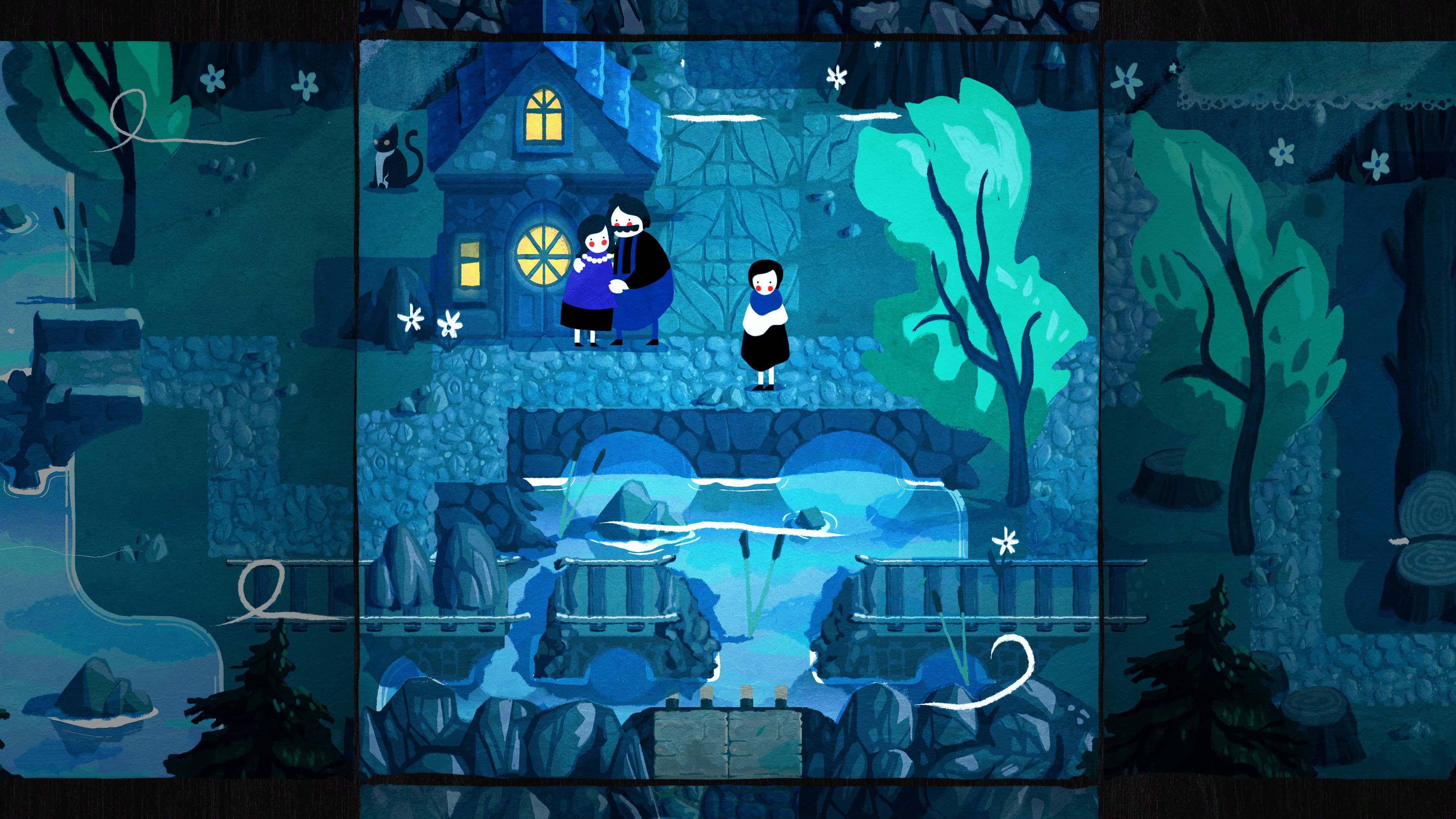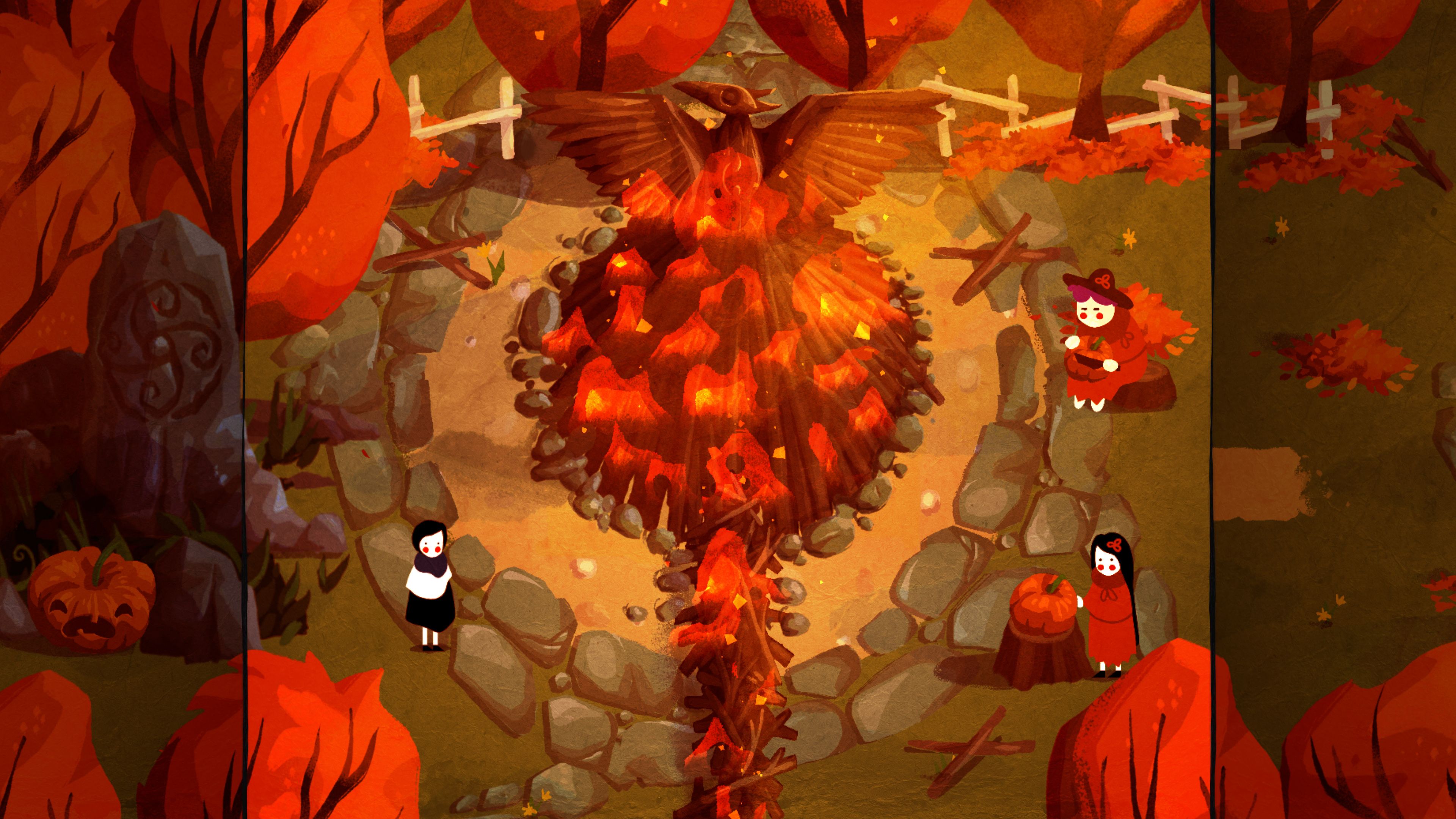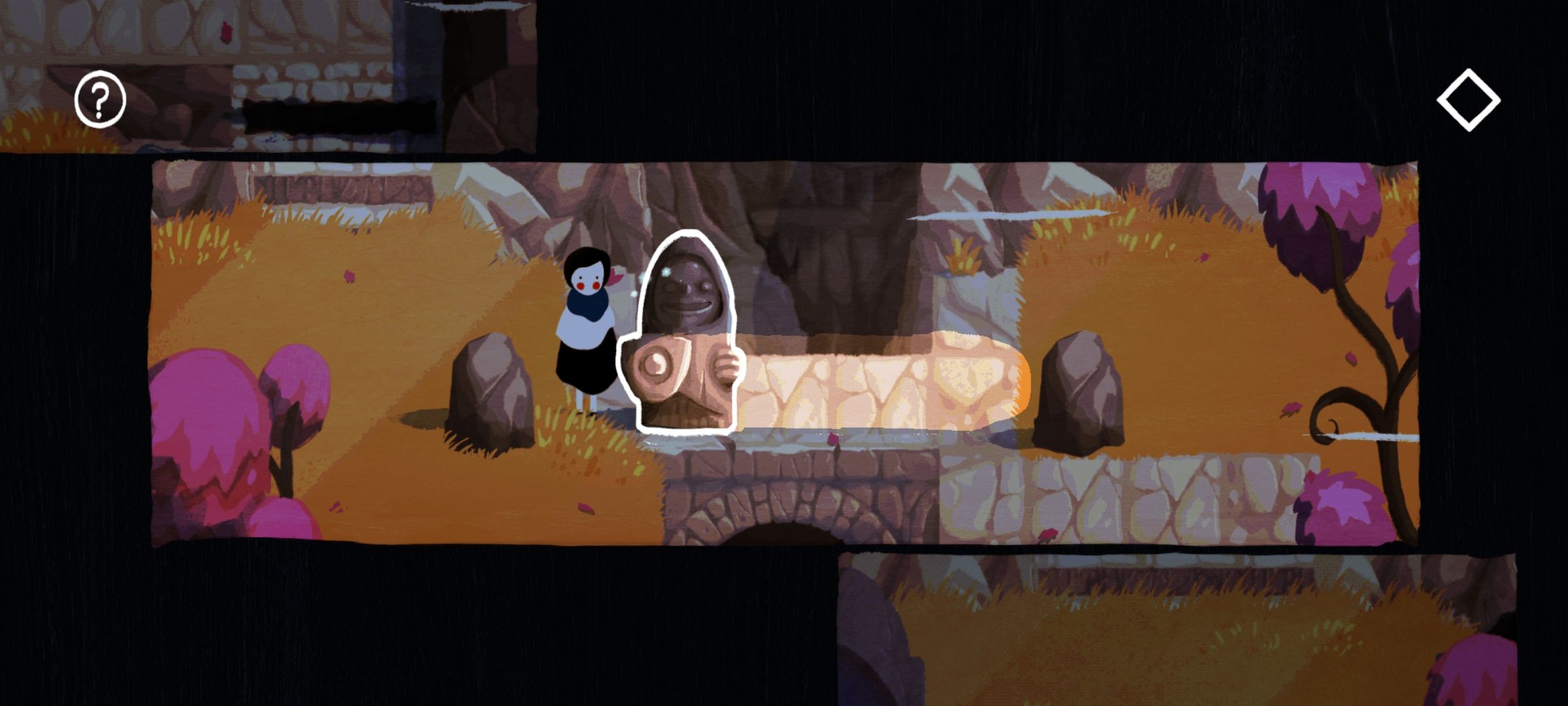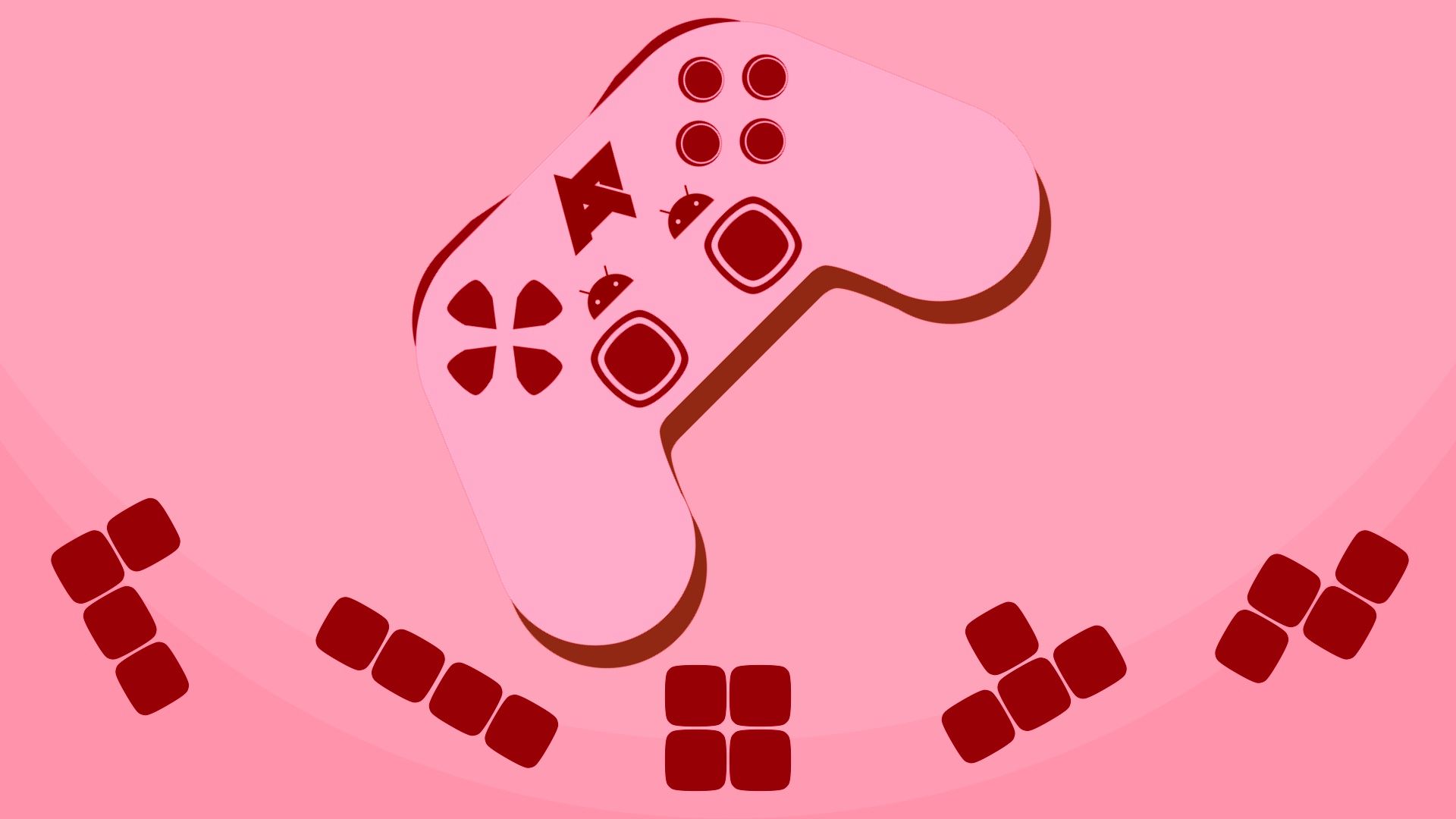Great puzzle games are a dime a dozen on the Play Store. That’s not to say that this is a bad thing, it’s just that it’s rare to see something truly unique in the genre with how flooded it is. Most puzzle mechanics have been done to death, and when a new game drops, it’s usually a fresh coat of paint on an old idea rather than something truly refreshing. Paper Trail, on the other hand, is definitely something unique that looks great on a nice tablet, which is refreshing indeed. Let’s get into the nitty-gritty.
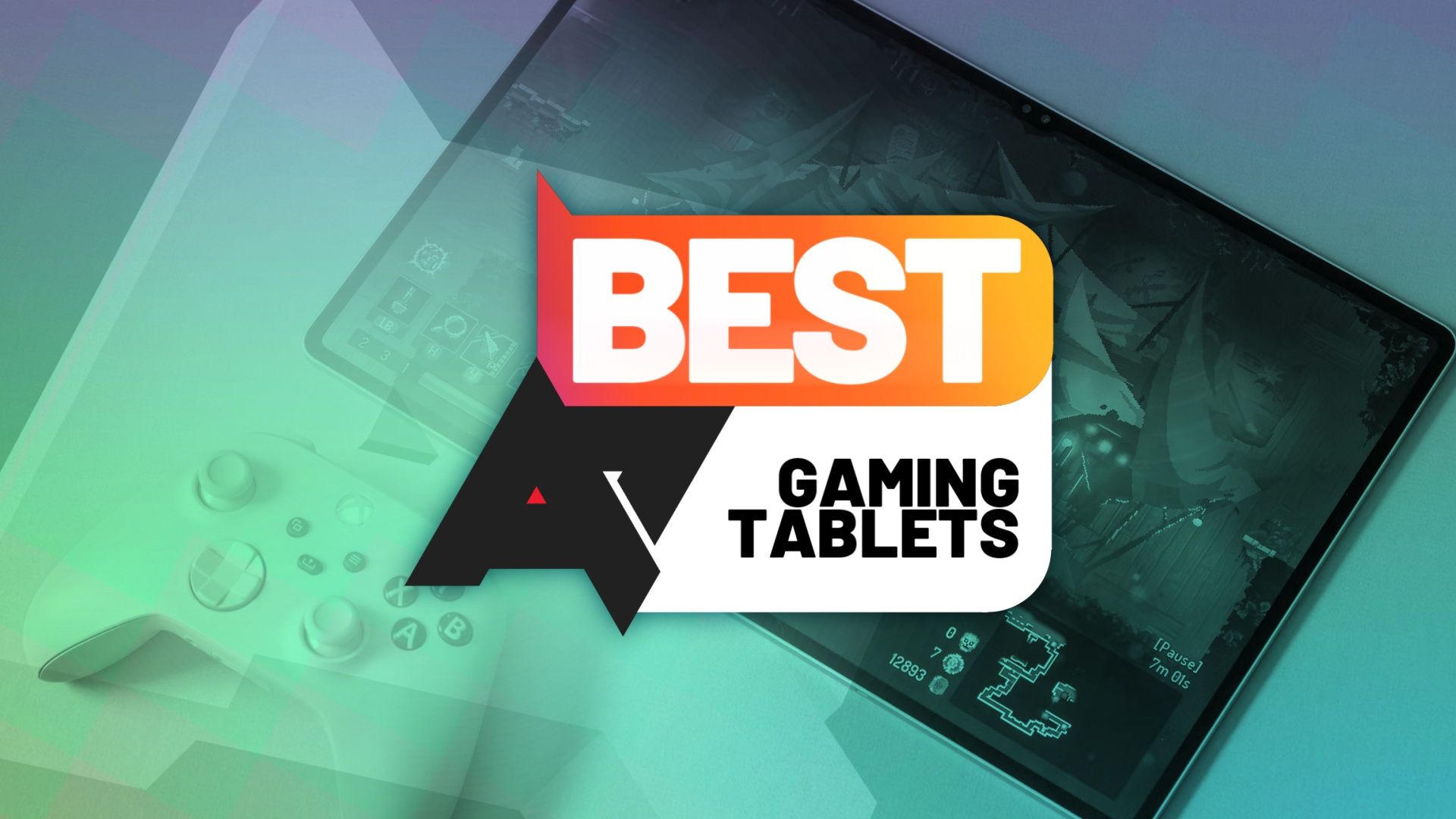
Best gaming tablets in 2024
Tablet gaming offers players a range of prices and features, but that also means lots of choices
What exactly is Paper Trail?
Atmospheric puzzle exploration wrapped in inviting art
Watch my hands-on gameplay of Paper Trail to see exactly how the indie puzzle game plays and performs on Android. There’s a half-hour of gameplay on display, which should give you a good idea of what to expect from the game, perfect for pairing with my overall thoughts directly below.
What sets Paper Trail apart from the other games in the puzzle genre is its paper-folding mechanic. The game is divided into nine worlds that are subdivided into a number of different levels, which take the form of a sheet of paper. The puzzle elements in the game are pretty standard: push and pull rocks out of your way or onto a switch like a classic Sokoban game; connect ancient power relays to open doors; place portals to redirect light beams to raise bridges. But to progress, you’ll also have to fold reality like a sheet of paper to reveal new paths on which to push rocks, new conduits over which power can flow, and new portals that can point in different directions depending on how you fold the page.
The game takes a tried-and-true formula and turns it on its head with the addition of a folding mechanic, and it works spectacularly, not to mention is very fitting of a touchscreen game.
A story of loss, love, and reunions
The story of the game is very charming and a little bit sad. You play as Paige, a young woman running away from home to pursue her dream of studying astrophysics at a university in the city. I won’t spoil why her parents don’t want her to leave, but when you figure it out and finish the game, you’ll probably be hoping for a sequel sooner rather than later.
As she journeys from her home in Southfold to the big city, she meets a quirky cast of characters. Whereas Paige’s narration (done wonderfully by voice actor Angel Haven Rey) is all spoken in comprehensible English, the dialogue of the colorful characters she meets is a sort of Simlish with voice bubbles used to show their words. The sub-plots of these NPCs range from silly and absurd to serious and touching. Underneath it all are themes of bringing people together and recovering things that have been lost or forgotten.
Origami-inspired top-down puzzle adventure
The puzzles are cunningly crafted with a precisely tuned learning curve. Early levels start simply with basic puzzles, but as you progress through each new world, new puzzle elements are introduced along with new restrictions to your space-bending abilities. And for an added challenge, each world has a number of hidden origami creations to be found that will confound your unslakable need for 100% completion.
But it’s not just the puzzles or the folding mechanic that make Paper Trail so much fun to play; it really is the whole package. The art for the game was led by co-creator Fred Hoffman and looks like a cell-shaded watercolor print. Each world you traverse has its own character and colors and is just as pleasant to look at as it is to play through.
Complementing the artwork is the music created by Claudie Mackula. It’s both melancholy and uplifting and perfectly matches the tone of the game. The sound design is also spot on. Paper Trail doesn’t go overboard with sound effects for every interaction, but each world has its own character and ambiance that sucks you in.
Hands-on impressions
Most of the time, the controls felt perfect. To fold a page, you touch a corner or edge and drag it to where you want it to be. Movement is as simple as touching where you want to go. Pushing and pulling objects could have been frustrating, but the game highlights where an object can be moved, saving you from pulling out your hair trying to figure out why you can’t get the boulder to move.
Having said that, there were times when I got frustrated grabbing a corner when I meant to grab an edge or vice versa. This was especially troublesome on the thinner levels. Some gameplay videos posted online show the game being played with mouse input, which would alleviate these issues, but the mobile version I played did not support controller or mouse input. Still, the act of using your finger to fold the pages makes the game more immersive for me.
Another issue I found is that I really wanted a bigger screen. The game design does a great job of making things interesting and easy to distinguish, even on a phone screen, but I felt like I was missing some of the detail that had gone into making the game. Nothing that would make the game unplayable; I just wanted to see more, which a tablet would solve.
Paper Trail is set for release on May 21 as part of the Netflix stable of games, so you’ll need a subscription to play it, but you won’t have to pay for it beyond a Netflix sub. If you want to get it from Steam or on one of your consoles (Switch, Xbox Series X/S, Xbox One, PlayStation 4, PlayStation 5), it’ll cost you $20. I think that’s a little bit too much since you can finish the game in about five hours, but you’ll have to make that call for yourself. I will say that Paper Trail is one of the most original puzzle games I’ve played, and I gave it an unequivocal 5-star rating on the Play Store, so if you have that Netflix subscription, it’s totally worth it.




